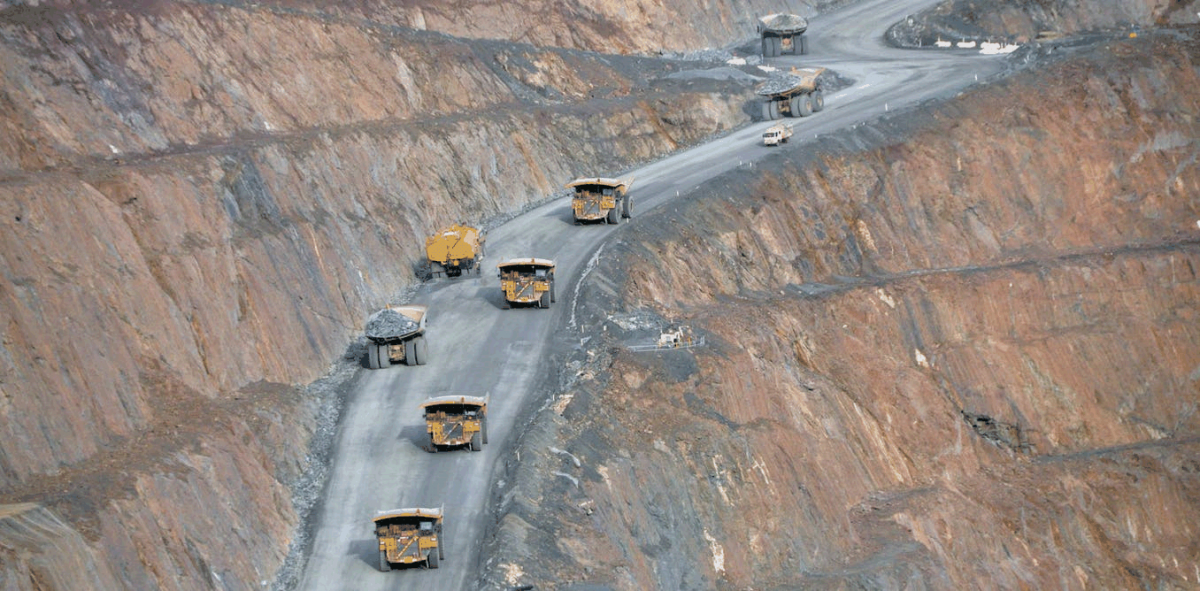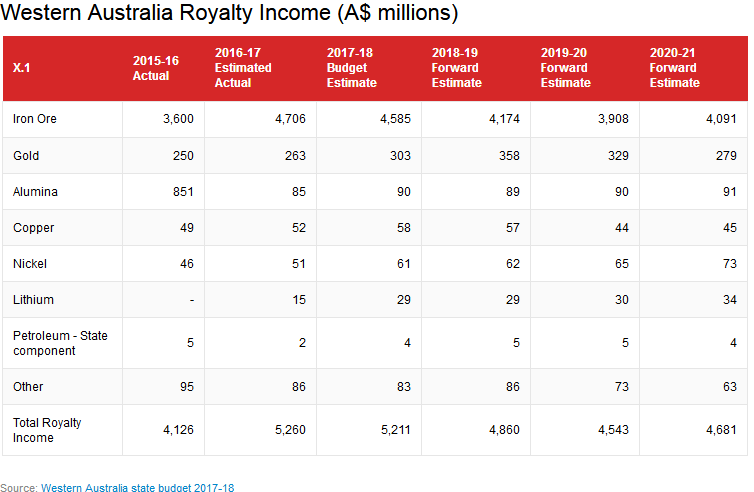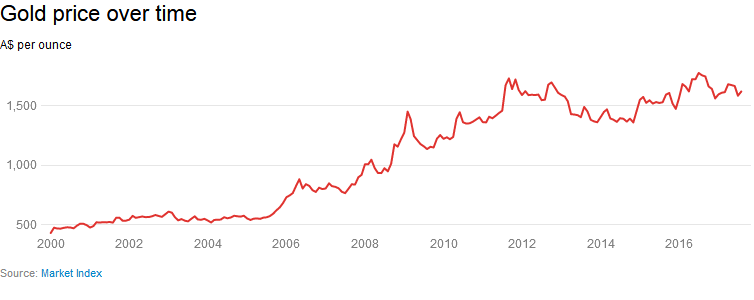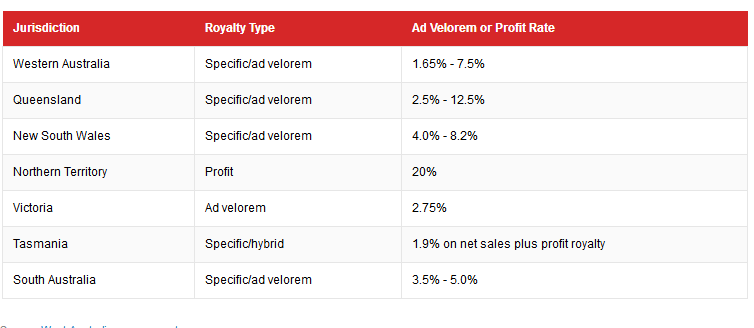Gold miners are fighting back against the Western Australian government’s plan to hike gold royalties by 50%, from 2.5% per ounce to 3.75%.

What will happen to gold mines if royalties are raised? AAP
Western Australia is trying to improve its budget position. The miners claim that they cannot absorb the royalty increase. This fight shows the need to take a closer look at gold royalties and how much they raise, check out royalty rates on other commodities and consider how royalties could be done better.

There are some legitimate concerns about royalties. As they are paid almost immediately on production or “royalty” value, one concern is that payments are made before net profit is determined. Industry argues that this is a strong deterrent to investment in marginal projects (mines that are barely profitable).

A well-designed tax should not affect business decisions (they should be “neutral”). The way WA levies royalties is also problematic in that no adjustment is made for profitability of a mine. Among other things, this means the government loses revenue in times of high commodity prices as royalty rates are fixed.
How much exactly does WA receive in royalties?
In 2015, the WA government released a report that analysed the state’s mineral royalty system. It stated that the system is designed to return to the community about 10% of the value of its minerals. Industry agreed in principle with the indicative 10%.
As you can see in the table below, gold is the second-highest royalty-earning commodity in the resource-dependent state. But this is estimated to fall from 2019-20, which is in line with the experience of Victoria, the other gold-producing state.
Coincidentally, the current price of gold is quite high, despite a slowdown since 2013. Prices are determined by the global market, subject to consumer sentiment on world events. Although there is trend of declining prices, the WA government’s move on royalties is driven more by its immediate debt concerns than by the gold price.
What is a royalty and how does it differ from company tax?
As early as 1400 the British Crown used the term “royalty” to describe any right or privilege retained by the crown. Today a royalty is a type of rent due to government as the resource owner (based on the volume, value or profits of minerals at the mine) in return for the privilege of extraction.
Crucially, a royalty is paid in addition to company tax. The justification for levying a royalty is that mineral resources are finite – extraction can only occur once.
WA uses two systems to collect mineral royalties. The first is a specific rate – levied as a flat rate per tonne produced. The second is “ad valorem” – calculated as a proportion of the “royalty value”, which is a form of market value of the mineral.
Specific rate royalties generally apply to low-value minerals and raw materials, such as salt, talc, clay and sand. These royalties are between 73 and 117 cents per tonne.
The ad valorem system has three general tiers of rates depending on the form in which the mineral is sold and used for higher-value commodities. Ore attracts a 7.5% royalty, concentrate (minerals that have been processed) 5% and metal 2.5%. The system takes into account price fluctuations and material grades in the royalty formula.
Gold is currently subject to the lower rate of 2.5%, and its industry has only been paying royalties since 1998.
The table below shows the mining royalty types and rates for the states and territories in Australia. Queensland and New South Wales have higher ad valorem rates for coal. Northern Territory has a royalty profit-based system, which attempts to address the lack of “tax neutrality” in royalties.

If not royalties, then what?
So we can see a number of difficulties in the royalty system and lack of options for government. But if we want to see what a better system would have looked like we need only recall the mineral resource rent tax (MRRT) introduced by the federal Labor government in 2012.
One of the basic ideas of the MRRT was that payments on the value of minerals are paid after net profit is determined. Revenue collections would adjust according to profitability, which negates the main criticisms of royalties.
But industry and state governments fought against the MRRT from the outset. The MRRT was repealed in 2014. It could have been done better, using both systems in tandem.
The result is that state governments are left with an imperfect royalty system that needs regular adjustment to rates when more revenue is needed, which is unavoidable as the community requires an equitable return on its resources. Industry will always argue against any increase to taxes.
Diane Kraal, Senior Lecturer, Business Law and Taxation Dept, Monash Business School, Monash University
This article was originally published on The Conversation. Read the original article.